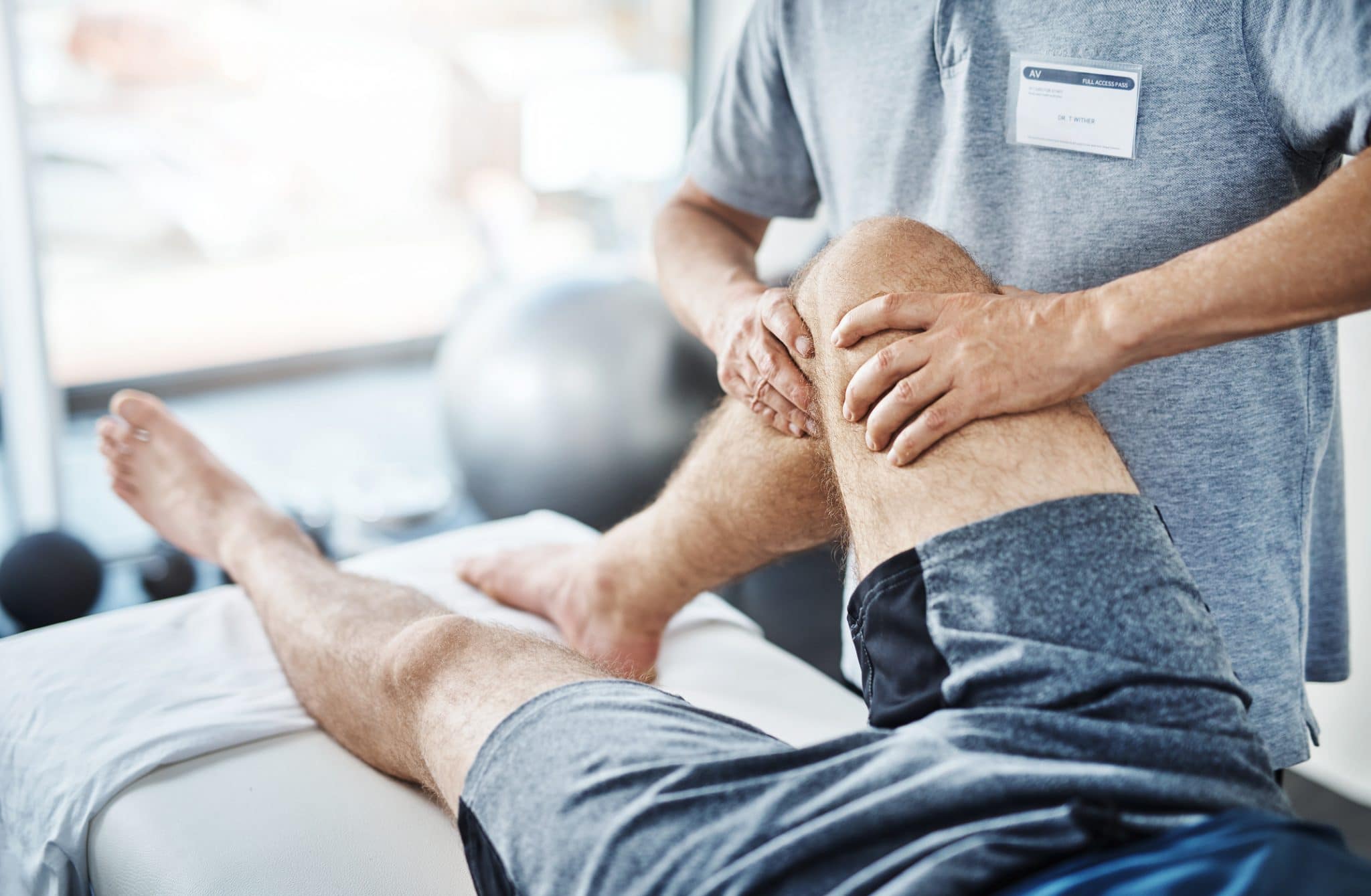One common method used in physical is therapeutic activity. This involves specific actions and activities that assist build muscles, improve range of motion, and increase endurance. For instance, a patient recovering from leg operation may perform workouts that concentrate on rebuilding power in the leg muscle groups. These activities are carefully chosen based on the individual’s condition and goals. By incrementally boosting the intensity and challenges of the activities, physical therapists can assist clients recover their strength and movement over time.

Another important technique is manual treatment, which comprises hands-on methods to adjust the body’s tender muscles and joints. This can entail stretching, mobilization, and manipulation. Hands-on therapy seeks to alleviate pain, reduce inflammation, and enhance circulation. For example, a practitioner may apply gentle force to ease stress in tight muscle groups or to assist a joint move more smoothly. click for info This technique is often integrated with other therapies to enhance recovery and promote recovery. Clients often consider hands-on therapy to be a relaxing and beneficial way to manage their pain.
In addition to workouts and hands-on therapy, instruction plays a vital part in physiotherapy. Therapists teach clients about their conditions and how to manage them effectively. This may include advice on proper alignment, body movements, and techniques to avoid future traumas. For example, a practitioner might demonstrate a client how to raise heavy items properly to avoid injuring their back. By enabling patients with understanding, physical practitioners help them take an active role in their recovery and promote long-term wellness and well-being.
Ultimately, technology is progressively being incorporated into physical methods. Tools such as sonography, electrotherapy impulses, and virtual environments can enhance traditional therapy methods. These tools can help alleviate pain, promote recovery, and provide interactive ways for clients to engage in their rehabilitation. For instance, virtual environments can create immersive settings for patients to practice actions in a safe plus protected setting. As advancements continues to evolve, it provides promising possibilities for enhancing recovery outcomes in physical.
In conclusion, physiotherapy encompasses a range of techniques that work together to assist recovery and rehabilitation. Through rehabilitative exercises, hands-on treatment, patient education, and the application of technology, physical practitioners offer comprehensive treatment tailored to each patient’s needs. This comprehensive approach not only assists clients recover their physical capabilities but also enables them to maintain their health in the long-term run. As more individuals acknowledge the benefits of physiotherapy, it remains to play a crucial part in the journey toward enhanced health and fitness.